some creative rooting here
greentoe357
10 years ago
Featured Answer
Sort by:Oldest
Comments (17)
greentoe357
10 years agogreentoe357
10 years agoRelated Professionals
Jennings Landscape Architects & Landscape Designers · Wareham Landscape Architects & Landscape Designers · West Chester Landscape Architects & Landscape Designers · Maple Heights Landscape Architects & Landscape Designers · Arlington Landscape Contractors · Barrington Landscape Contractors · Cudahy Landscape Contractors · Edinburg Landscape Contractors · Melrose Landscape Contractors · Mission Landscape Contractors · Norwalk Landscape Contractors · Tavares Landscape Contractors · The Woodlands Landscape Contractors · Quincy Driveway Installation & Maintenance · Campbell Driveway Installation & Maintenancegreedygh0st
10 years agogreentoe357
10 years agogoddess9
10 years agoteisa
10 years agogreentoe357
10 years agogoddess9
10 years agogreentoe357
10 years agoDenise
10 years agogreentoe357
10 years agogoddess9
10 years agogreedygh0st
10 years agogreentoe357
10 years agogreentoe357
9 years agogreentoe357
9 years ago
Related Stories
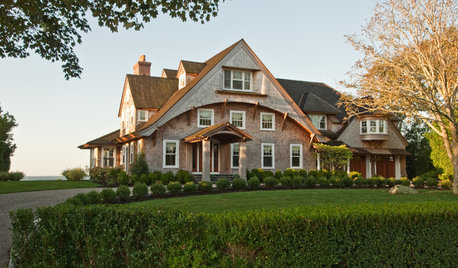
ARCHITECTURERoots of Style: Shingle Style Is Back — Here's How to Spot It
Intimate or rambling, in the coast or by the sea, Shingle homes are seeing a revival. Has your home joined in?
Full Story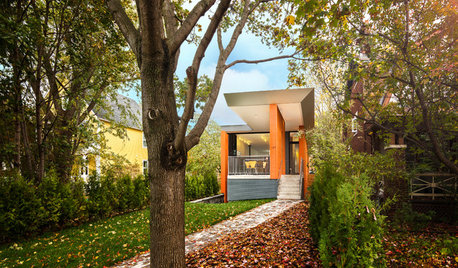
MODERN HOMESHouzz Tour: A Modern Home Rooted in Its Place
It's partially buried in the earth, but with a cantilevered roof and strong colors, this Ottawa home is anything but shy
Full Story
ARCHITECTURERoots of Style: Do You Live in a Minimalist Traditional House?
Cottages, bungalows, farmhouses ... whatever you call them, houses in this style share several characteristics. See how many your house has
Full Story
ARCHITECTURERoots of Style: Art Deco and Art Moderne
Get to know the similarities and differences between these architectural styles of the 1920s and 1930s
Full Story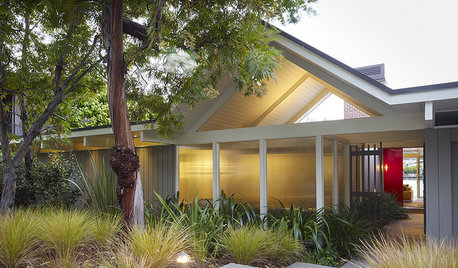
ARCHITECTURERoots of Style: Midcentury Styles Respond to Modern Life
See how postwar lifestyles spawned a range of styles, including minimalist traditional, ranch, split level and modern shed. What's next?
Full Story
HOUZZ TOURSMy Houzz: A Northwest Home Honors Its Midcentury Roots
A couple embrace Scandinavian modern to preserve the integrity of their home, built by midcentury architect Kenneth Brooks
Full Story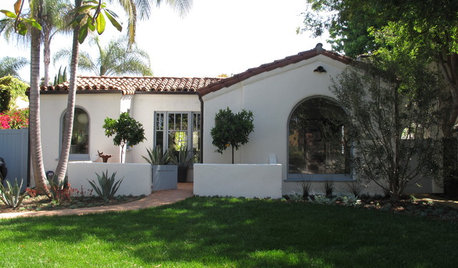
ARCHITECTURERoots of Style: Many Cultures Make Their Marks on Mediterranean Design
If you live in California, Florida or certain other parts of the U.S., your architecture may show distinct cultural influences
Full Story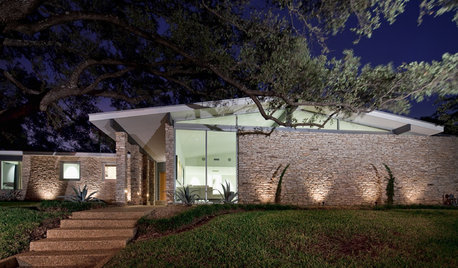
ARCHITECTURERoots of Style: Midcentury Modern Design
Midcentury modern still charms with its linear forms and low-sloping roofs. Appreciate it now — such simplicity can be hard to replicate
Full Story
ARCHITECTURERoots of Style: Queen Anne Homes Present Regal Details
Complex facades with bay windows, multiple shingle patterns and even towers make these Victorian-era homes a sight to behold
Full Story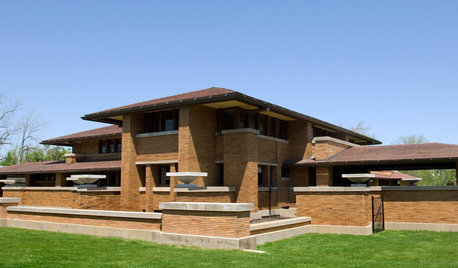
ARCHITECTURERoots of Style: Prairie Architecture Ushers In Modern Design
Twentieth-century Midwestern architects gave us broad-shouldered homes inspired by the landscape and modern times
Full Story






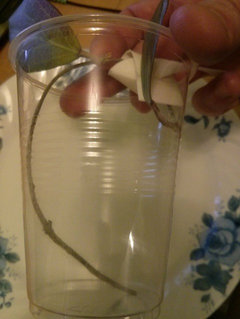

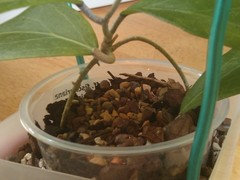

greentoe357Original Author